Cartoons have long played a pivotal role in shaping childhoods, and many people continue to enjoy them well into adulthood. They serve as both entertainment and sources of moral lessons, offering young minds a space to explore different worlds, characters, and perspectives.
For many Black children, seeing themselves represented on screen was, and continues to be, a rarity. That’s why Black female cartoon characters have had such a profound impact. They not only offered representation but were also powerful role models who taught young Black girls about friendship, bravery, and resilience.
From fiery personalities to sensitive sweethearts, these characters raised generations, nurtured imaginations, and provided important visibility. Here are eight Black female cartoon characters who truly left a mark.
Penny Proud from “The Proud Family”
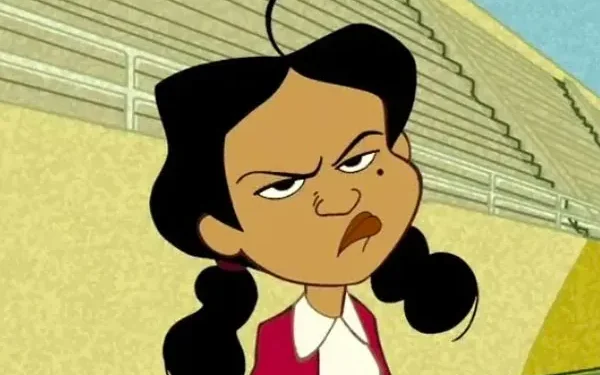
Penny Proud, the star of “The Proud Family,” was a game-changer for Black girls. Voiced by actress Kyla Pratt, Penny was a smart, funny, and relatable teenager navigating adolescence alongside her loving and often out-of-pocket family. She was significant not only because she was the lead in a show about an African American family but also because of her depth. Penny wasn’t just the “perfect” or “misunderstood” teenager; she was curious, had flaws, and made mistakes just like any other teen. The show’s focus on family, cultural pride, and real-world issues made it a standout. Penny’s confidence, wit, and resilience made her a beloved character for many Black girls. Plus, it certainly helps that Solange and Destiny’s Child sang the theme song.
Susie Carmichael from “Rugrats”

Susie Carmichael was always the calm voice of reason on “Rugrats.” She bravely balanced the chaos of toddler-hood with her level-headed perspective. As one of the few Black characters on the show, Susie was an instant fan favorite. She was the friend who wasn’t afraid to stand up for what was right, even if it meant going against the rest of the group. Her strong moral compass, alongside her assertiveness and intelligence, made her a role model for many young viewers. Susie was an incredibly positive representation of a young Black girl in a predominantly white space and played a significant role in normalizing diversity in children’s programming. She was a beacon of light, providing relatable messages of empowerment, self-worth, and leadership.
Monique from “Kim Possible”
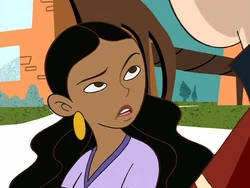
Monique, voiced by the iconic Raven Symoné, was Kim Possible’s best friend and a breath of fresh air on the series. A stylish, intelligent and supportive best friend, Monique showed young viewers the depth of true friendship. However, Monique was way more than just Kim’s sidekick. She had her own talents, a fierce sense of individuality, and a clear voice in the show. Monique was a positive representation of a Black girl with self-confidence and ambition, going far beyond the one-dimensional supporting character.
Numbuh Five from “Codename: Kids Next Door”
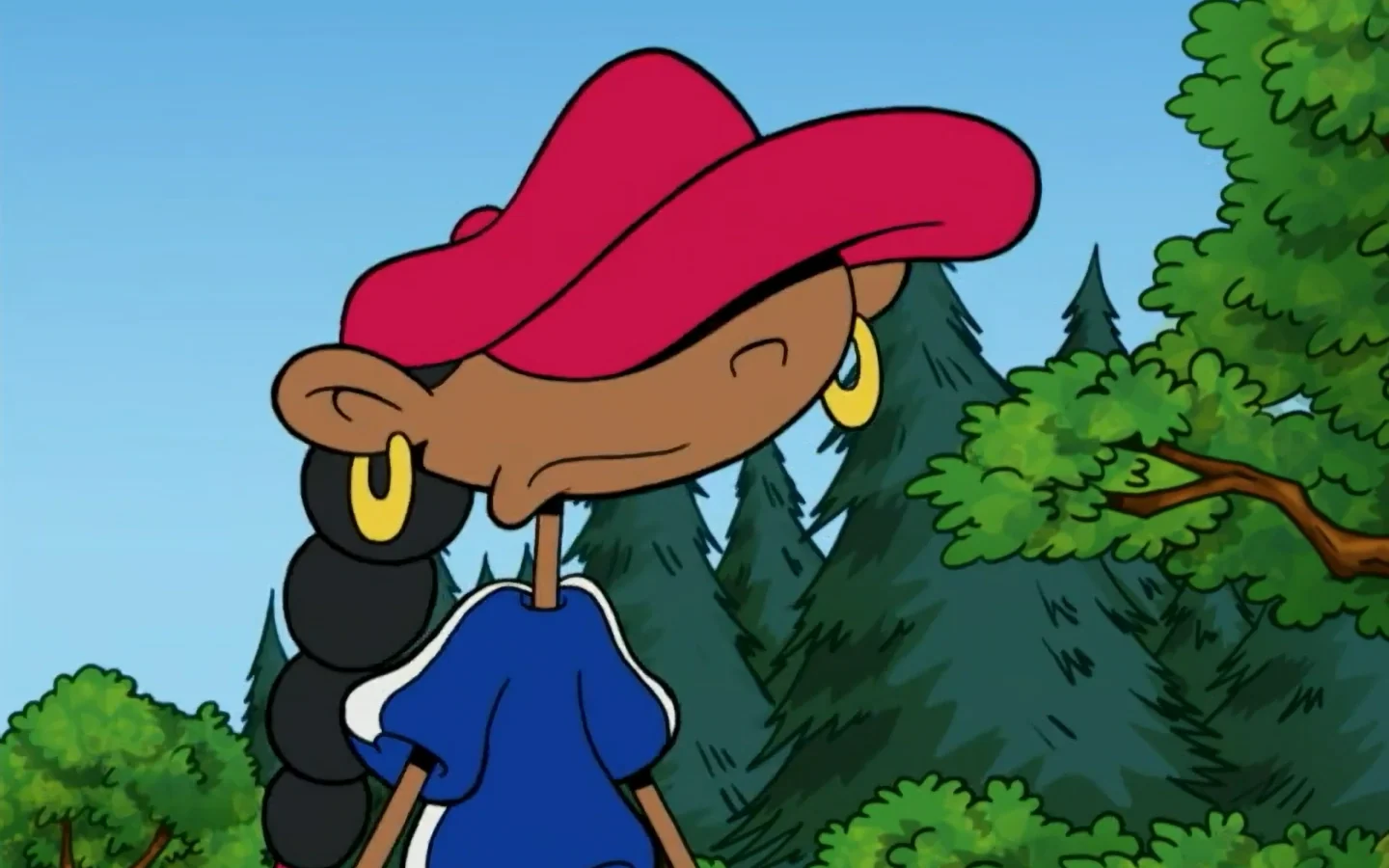
Fun fact: Cree Summer voiced Susie Carmicheal and Numbuh Five, too! This character was one of the coolest, most down-to-earth characters on “Codename: Kids Next Door.” As a member of the Kids Next Door organization, Numbuh Five was known for her grounded nature, wit and sense of leadership. She was often the voice of reason and the genius mastermind behind their plans. As one of the only Black characters in the show, Numbuh Five was a multidimensional representation of a strong, capable young Black girl who didn’t need to fight to stand out. Her cool demeanor helped diversify the ways Black girls were seen in animated action shows.
Miranda Killgallen from “As Told By Ginger”
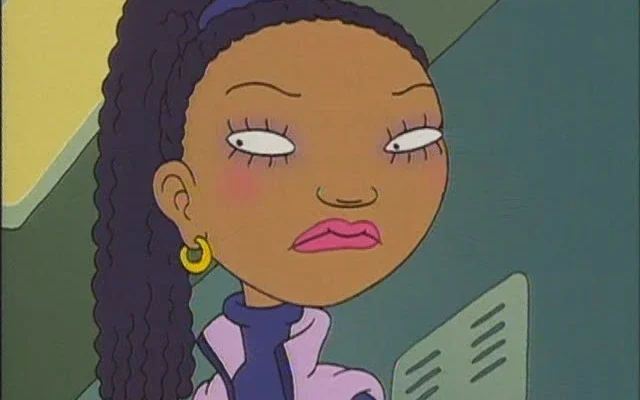
Honoring the very human tone of the show, Miranda Killgallen from “As Told By Ginger” was a complex character. While she started off as an antagonist, Miranda’s journey throughout the show unraveled her fears and vulnerabilities. A Black character on a show centered on white characters, Miranda’s presence was crucial. Her complicated relationship with the protagonist, Ginger, highlighted themes of insecurity, bullying, and self-identity. Though you weren’t always rooting for her, Miranda’s growth and development throughout the show made her a more nuanced and relatable character, especially those struggling to fit in.
Jodie Landon from “Daria”
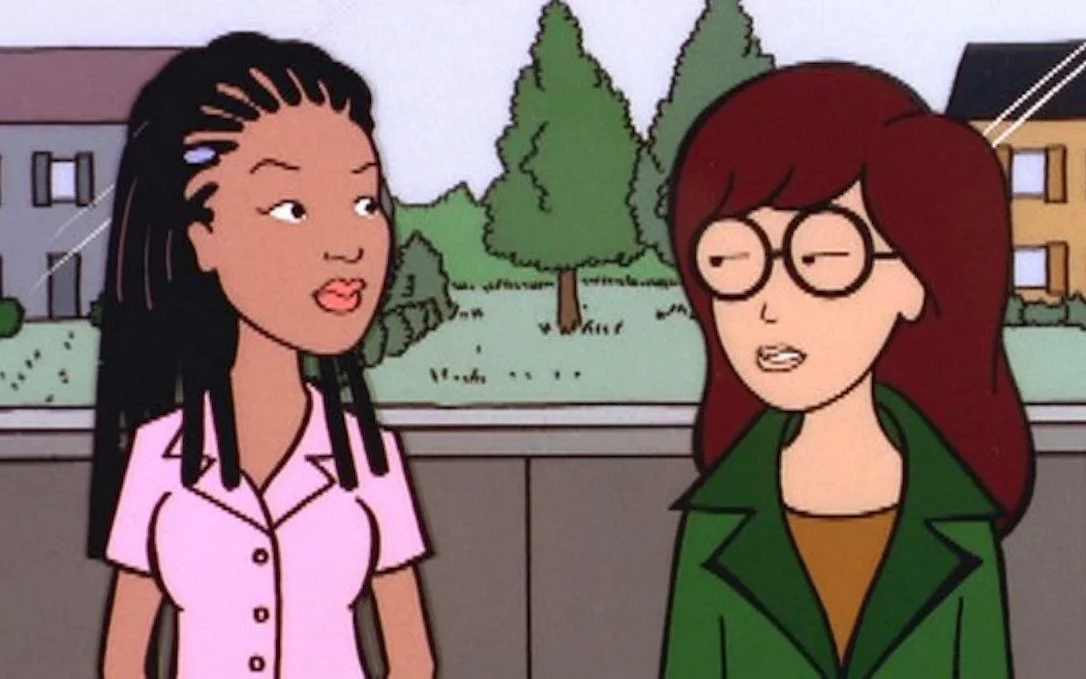
Jodie Landon, voiced by Jessica Cydnee Jackson, was one of the few Black characters on “Daria.” With a head full of cornrows, she stood out for being an ambitious, smart and driven teenager. Viewers say Jodie try to balance her academic aspirations while feeling lonely and attending a predominantly white school. Jodie was the top student at Lawndale High and an example of what it meant to excel despite the challenges of being a Black teen. The show subtly explored her inner struggles with identity, providing an authentic and empowering portrayal of Black excellence that resonated with many Black girls who saw themselves in Jodie.
Keesha Franklin from “The Magic School Bus”
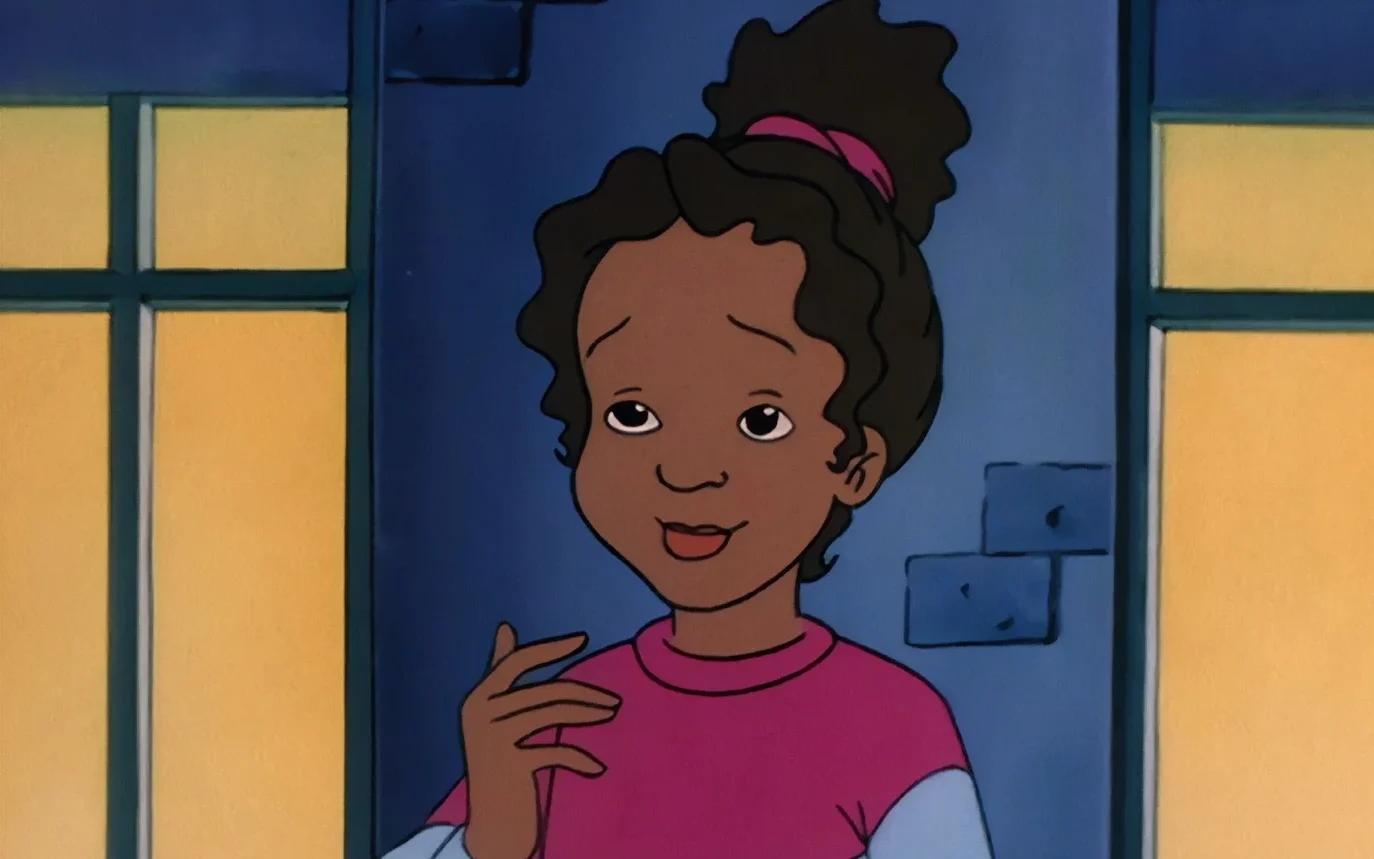
Keesha Franklin was one of the lovable and curious students on “The Magic School Bus” who embarked on wild adventures with her teacher, Ms. Frizzle. She was confident and unafraid, often playing a crucial role in solving problems. Though she wasn’t a main character, Keesha’s presence brought a quiet but critical influence on the show. Her being a thoughtful and engaged student offered important representation for Black girls in educational programming.
Princess Tiana from “The Princess and the Frog”
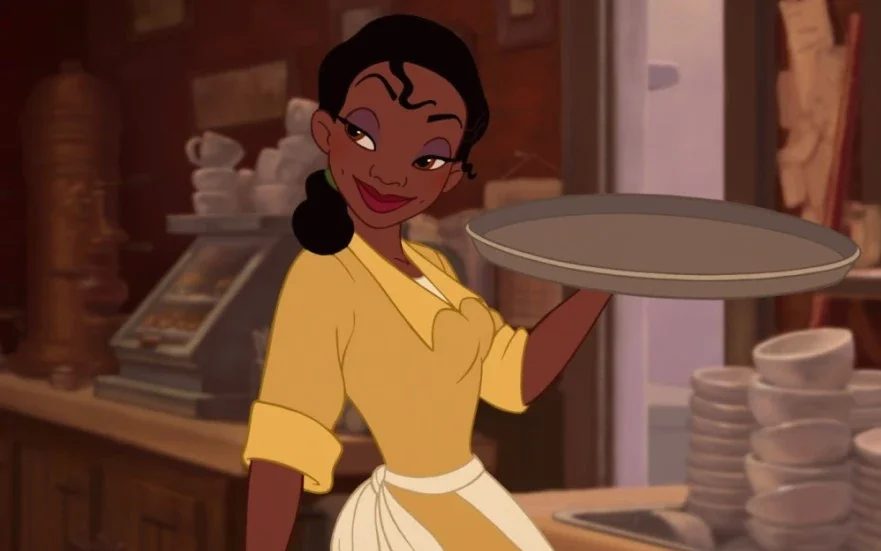
Princess Tiana, from Disney’s “The Princess and the Frog,” was a groundbreaking character for a myriad of reasons. As Disney’s first Black princess, Tiana shattered racial barriers, offering young Black girls a princess who truly reflected their own experiences and heritage. Tiana’s work ethic, determination and strong sense of self were key aspects of her character. Unlike many other princesses, she wasn’t born into royalty. She worked hard to achieve her dreams of owning a restaurant, showing young viewers that perseverance and ambition can lead to success. Her story also allowed viewers to peer into the richness of Black culture, showcasing New Orleans’ vibrant history and music.
